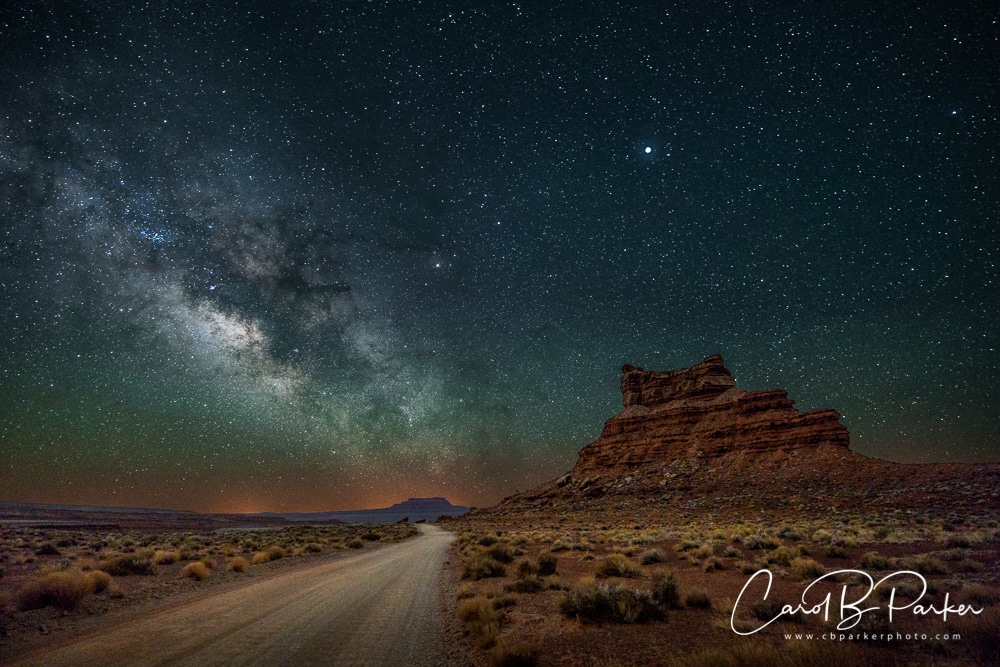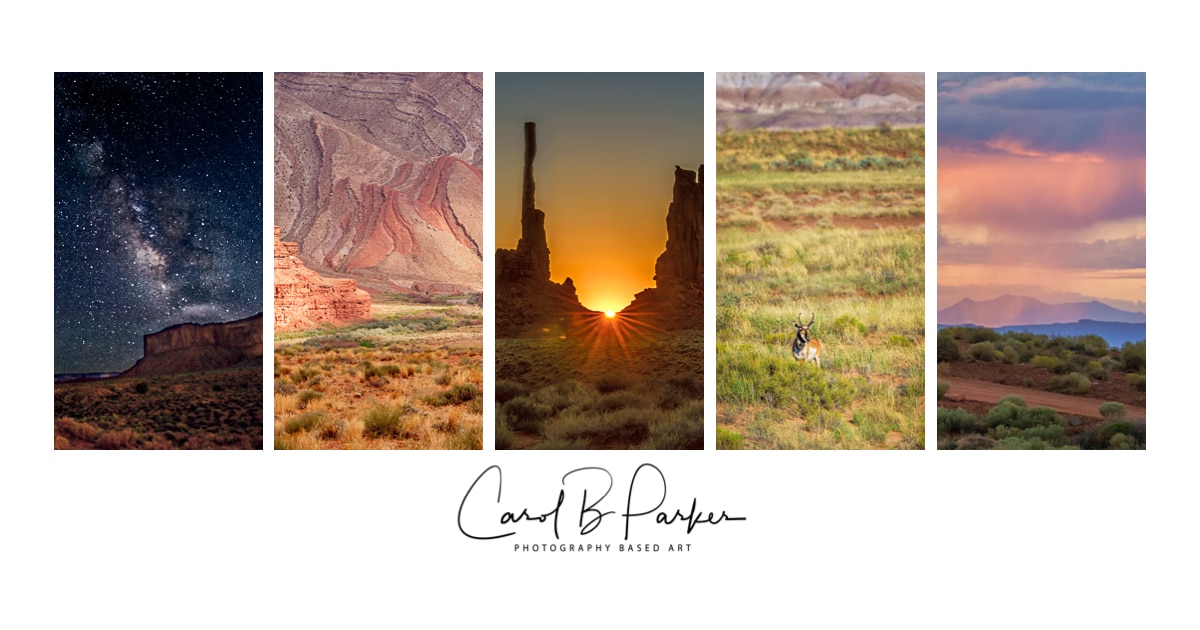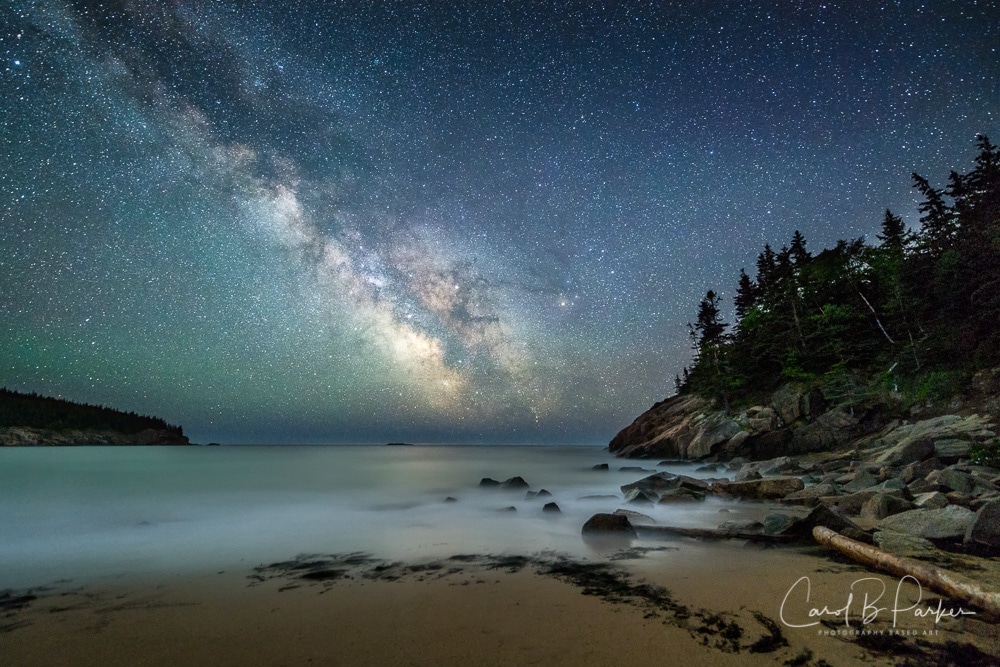
Africa Blog #5
One of the to-do items on our photo safari checklist was a night outing to photograph the Milky Way. Night skies in the Mara are stunning. The stars shine in unadulterated brightness over a sweeping landscape far from city lights and pollution. And the stars of the southern hemisphere are more abundant and brighter than those in our northern hemisphere. Kenya, located right on the equator, is partly in both the northern and southern hemispheres.
However, two obstacles complicated our plan. First, the rains had set in. Mornings started out clear, but by afternoon the cumulus clouds were building up. This made for some beautiful sunset shots but blocked out the stars for nighttime shooting. I can’t say I was terribly disappointed by this turn of events. After slamming around in a Land Cruiser the entire day, from before dawn until after dark, then rushing to download the day’s images to the computer and prep for the next day’s expedition, followed by a quick bucket shower and a late dinner – the thought of heading out again for a few more hours of shooting seemed not quite as appealing as it did when planning the trip in advance! All I wanted to do was crawl into bed and snuggle up to the hot water bottle so thoughtfully provided by the camp’s housekeeping staff!
The second complication? Heading out into the game reserve at night is a really good way to get eaten! The predators are very close and very real. In our beds at night, we could hear them outside our tents – hyenas barking, lions chuffing, other strange noises in the dark very foreign to our urbanized ears. We were religious about zipping the tents tightly closed, and it wasn’t just for mosquito control. We never left the safety of our tents at night in the dark without first calling for a Masai escort.
But finally, late in the trip, the skies cleared and our opportunity presented itself. The safety protocol was to stay in a tight group delivered by Land Cruiser to the selected shoot site, an area of open grassland with a single tree, chosen not only for an unobstructed view of the sky but also because the wide-open expanse prevented stalking beasts from surprising us. Our Masai guides stood guard, store-bought bush knives on their hips, while we set up our cameras and composed our shots in the dark.
The resulting image from our night photography outing is significant to me as a memory of an extraordinary experience. It shows our lead guide, Simon Kararei, cloaked in his red shuka, standing next to a silhouetted balanite tree and framed by the Milky Way glowing in a starlit sky, while lightning from a distant storm flickered on the horizon.













